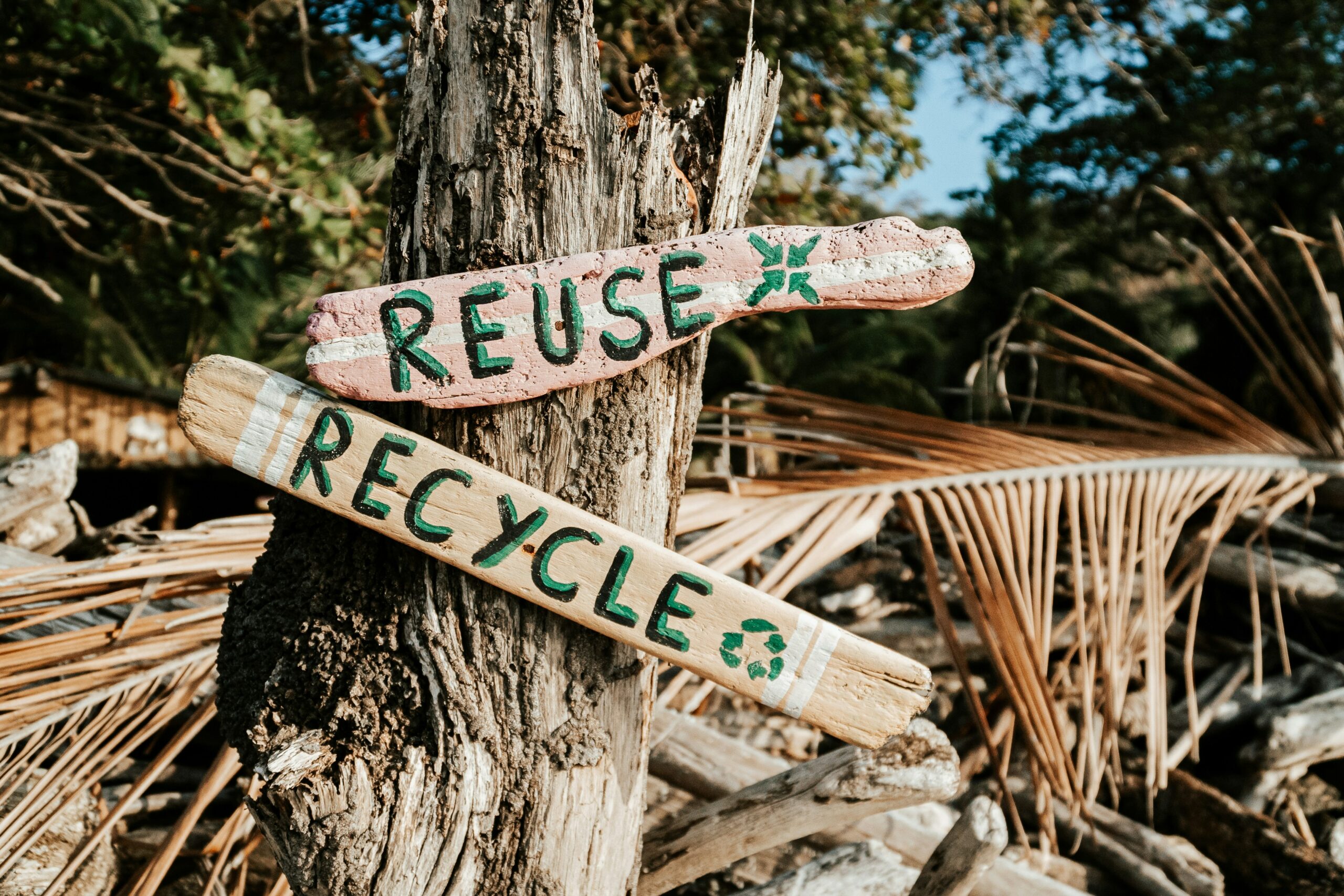In The New Economy, Everyone Is An Investor

There is something about the desire to get reacquainted with what it means to be human that drives the next generation of business owners we see today. We want our businesses to serve our clients’ needs while advocating social justice, a clean environment, and compassion for each other.
Most of all, we strive to return to a sense of community. A place where we know and trust one another and actually care about our shared fate.
But ironically, in order to bring these social enterprises into existence, business owners like me — who had little start-up capital — often have to turn to funding sources whose values couldn’t be further from our own.
Let’s be real. Banks and traditional investors could care less about your “why” or how it’ll impact the world for the better. If they’re generous enough to offer you a loan at 20%, consider yourself lucky. But, that’s just the way it is.
Or so I thought.
Getting “investor-ready” was a huge goal when we first started FruitCraft. We wanted to look and act the part of the appealing start-up to these traditional lenders so we could get the funding we needed. I had to work a full-time job and run the business as a side hustle. Our first few years, we were just pounding the pavement, going to farmers markets, street fairs, and wine tasting events.
Eventually, we had enough proof of concept to pull the trigger on renting a warehouse/tasting room in 2012. That is where we met our first investors. And that is where we were reintroduced to a concept I was already well familiar with: it takes money to make money.
It turned out that with these investors, our proof of concept, our popularity within the community, our mission to dedicate 100% of our profits to helping other high-impact enterprises get started mattered not at all. If we’d had families with assets, we’d have gotten a bank loan at 5%. Instead, we took what was offered to us — about $100k in merchant cash advances, at close to 27% interest.
This absolutely eviscerated me. I was raised by a single mother who was a schoolteacher. I’d learned from a young age about the inequities of wealth; about how some business owners equated owning their businesses with owning the very people who worked for them, exploiting them while extracting their value. I thought about how until anyone can start a business with the same ease as an affluent person, our economy will continue to concentrate wealth and consolidate power.
I wanted to build the FruitCraft business model on the notion that it is better to give than to receive. Why couldn’t there just be conscious-minded investors who wanted to make a return, but not at the expense of anyone or anything?
Then, suddenly, there were. And they had sort of been right under my nose the whole time.
Because as I lamented the absence of my “ideal investor” with friends and peers, I came to realize that these ideal investors weren’t so hard to find after all. They were the people who I passed at the grocery store; who I stood in line with to get coffee; who I waved to as they unlocked their doors for business in the morning.
They were ordinary, working individuals with 401ks and maybe a little bit of cash put away, looking for more socially conscious, community-inspired ways to grow their retirement funds. The more I learned about the world of crowd funding, the more I learned that FruitCraft was a perfect investment opportunity for these folks.
If FruitCraft couldn’t convince wealthy people with $200k to commit to us, we could instead get eight conscious-minded, middle-class investors with $25k each to invest in FruitCraft’s purpose-driven mission instead. Soon, FruitCraft was funded by numerous investors who loved us and our vision.
This is how it works: all of FruitCraft’s investors take an ownership position in the company. The only thing that makes it different from a normal start-up investment is our “option” to purchase any shareholders’ shares at 10 times the value of their investment. This structure effectively scares away any greedy investors who don’t like capping their upside. So, it ensured that only people who actually cared about FruitCraft’s mission and vision would benefit financially from our growth.
If we’re trying to make the world a better place, we don’t do it by putting more money in the hands of greedy people. We do it by enriching those who want to share their wealth.
For the middle class investor, 10 times’ return on their investment seemed incredible. But for the company, it was even better — it meant paying out 10 times’ instead of selling the company to provide a 100 times’ return, as is the case with a typical angel investor. Now, our long-term vision — to use 100% of our profits to start other social value enterprises — remains viable.
My priority is to helm FruitCraft for the next 30 years and build a large company capable of using its immense profits to affect change. If we’d never come across the notion of crowd funding, this would probably never happen. We’d likely have been forced to sell the company (and our souls) to whatever avaricious investor came along and pitched us a severely undervalued offer. It would have ensured that FruitCraft lost the opportunity to really make a difference.
Although I certainly wish I’d known about crowd funding sooner, as it would have saved me a ton of time and money, the journey to discover it has been extremely humbling. Mostly, it’s restored my faith in what it means to be human — that in some sense, everyone is an investor, and has real influence on how our society evolves for the betterment of all.
